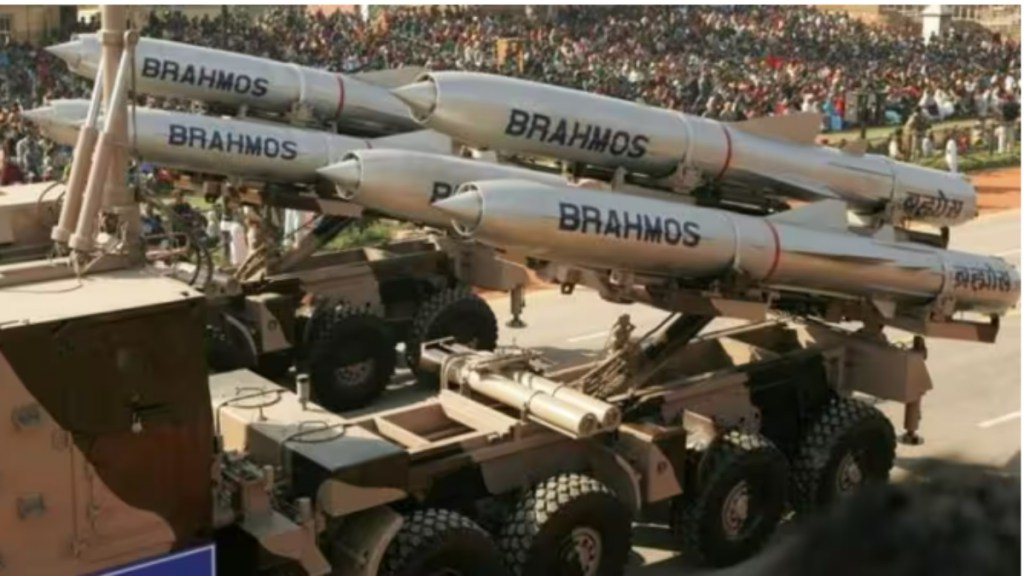In a landmark move to bolster its position in the global defence market, India is set to deliver BrahMos supersonic cruise missiles to the Philippines, marking a significant milestone in bilateral defence cooperation. This $374.96 million deal, inked in January 2022, underscores India’s strategic ambitions as an emerging defence exporter.
Sources from the Directorate General of Civil Aviation indicate that three civilian Freightliners are slated to depart for Manila today (April 18, 2024), accompanied by an Indian Air Force (IAF) C-17 Globemaster, illustrating the dual-use logistical framework of this operation. The participation of both civilian and military transport underscores the strategic and operational importance of the delivery.
The presence of the Philippine Ambassador in Nagpur today to oversee the dispatch further highlights the diplomatic weight of this initiative. This delivery utilises a mix of transport means, reflecting the logistical magnitude of the operation.
Concurrently, India is advancing its missile technology with the BrahMos NG project, which involves developing a ramjet engine in collaboration with Russia. This project is poised to bolster the Uttar Pradesh Defence Corridor (UPDIC), enhancing India’s domestic defence capabilities and infrastructure.
These developments come as India’s defence exports have hit a record Rs 21,083 crore (approximately US$ 2.63 billion) in the 2023-24 financial year, marking a 32.5% increase from the previous year. The deployment of BrahMos missiles is set to strengthen the Philippines’ maritime defence capabilities, especially in the strategic South China Sea region, and illustrates a significant leap in India’s defence export strategy.
Strategic Implications and Future Prospects
The delivery of the BrahMos missiles, the world’s fastest supersonic missiles developed jointly with Russia, using an IAF C-17 acquired from the United States, symbolizes a multi-faceted strategic partnership. The use of an IAF C-17 for this operation not only highlights the immediate logistical capabilities but also India’s readiness to provide swift strategic support, potentially in times of conflict.
This initiative is indicative of India’s logistical and military prowess and serves as a deterrent, showcasing India’s response capabilities to regional players. The strategic implications of these deliveries extend beyond immediate defence utility to demonstrating India’s growing influence in the international arms market.
Historical and Geopolitical Context
The US$374.96 million contract with BrahMos Aerospace Private Limited represents the first export of India’s indigenously developed missile, a joint venture between India’s Defence Research and Development Organisation (DRDO) and Russia’s NPO Mashinostroyeniya. The deal includes three missile batteries and comprehensive training and support packages, enhancing the Philippine Marine Corps’ Coastal Defence Regiment.
This development is particularly poignant given the ongoing maritime disputes in the West Philippine Sea, where the Philippines has faced maritime pressures from China. The BrahMos missiles are expected to significantly bolster the Philippines’ naval capabilities, providing a credible deterrent in the region.
A Strategic and Defensive Leap for Regional Stability
The integration of these missiles into the Philippines’ defence framework represents a significant enhancement of its military capabilities. This deployment across the Philippine archipelago serves as both a strategic deterrent and a quick-reaction force, enhancing national and regional stability.
Moreover, the delivery involving an American-made military aircraft further reflects the complex interplay of international defence relationships and underscores India’s ability to navigate and leverage these partnerships effectively.
Outlook
As tensions in the Indo-Pacific region escalate, the BrahMos missile deal is set to reshape defence alignments, enhancing both India’s stature as a key defence partner and the Philippines’ defensive posture against regional threats. This delivery not only symbolises a transfer of arms but also reaffirms the strengthening ties between India and the Philippines, contributing to the broader goal of maintaining stability in an increasingly volatile geopolitical landscape.

